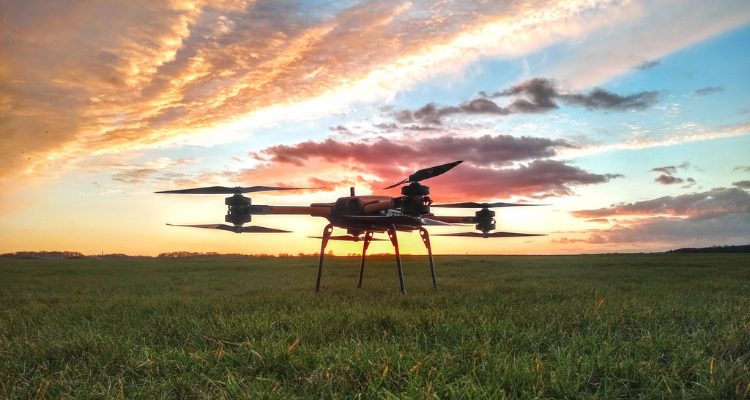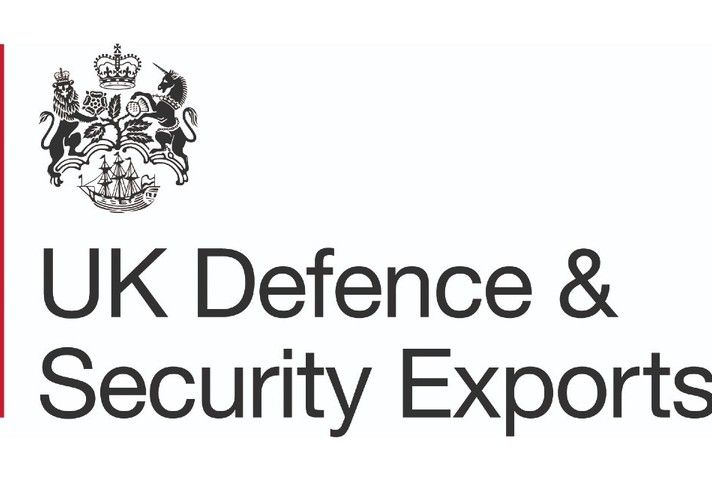The Uncrewed Revolution Continues
- News Article
- Aerospace

THE UNCREWED REVOLUTION CONTINUES
The past two decades have witnessed a remarkable revolution in uncrewed warfare, fuelled by the rapid advancement and proliferation of Uncrewed Aerial Vehicles (UAVs). These systems transformed military operations and brought about significant changes in the strategies and tactics employed by Western nations, particularly for the Afghanistan campaign following 9/11. The United States and its Western allies were among the first to recognise the potential of UAVs for military applications and rapidly fielded systems into combat.
Initially, UAVs were primarily employed on surveillance missions, providing real-time Information, Surveillance and Reconnaissance (ISR) to commanders potentially located thousands of miles away on HQs. This allowed Western nations to gain a significant advantage over their less well-equipped adversaries, enabling them to monitor enemy movements and enhance situational awareness on the battlefield. One of the most significant advancements in UAV technology was the addition of precision strike capabilities. Western nations harnessed this innovation to carry out targeted strikes on high-value targets, minimising collateral damage, (a key factor in winning the hearts and minds of the local populace) and reducing risks to their own forces. UAVs, such as the MQ-1 Predator and MQ-9 Reaper, armed with precision guided munitions, have become integral components of Western militaries, providing a precise and effective strike capability against a multitude of enemy assets. The ability of UAVs to loiter for extended periods negating the normally time-limited on-station period for strike platforms, permitted the gathering of detailed and accurate intelligence through an impressive suite of sensors, allowing ground forces to build detailed and complex insurgency networks. The same UAV was then able to strike the target whilst maintaining direct communication links with the engagement authority to ensure both the Collateral Damage Estimate and legal restrictions were met. Whilst the aircrew may not have always appreciated this, the resulting impact on enemy networks was phenomenal and it was instrumental in combating non-state actors in complex environments.
In more recent years, the UAV concept has been further explored to develop an autonomous, swarming component, where multiple uncrewed systems operate collaboratively to achieve shared objectives. Swarms have the potential to overwhelm enemy defences, provide enhanced surveillance capabilities, and conduct coordinated strikes, greatly increasing force mass. Significant investigation and research have been conducted on this already, although the technology is arguably still in its infancy. The next step seems to be focused on loyal wingman programmes with the aim of increasing force mass at the high end of the technological bracket through an integrated platform capable of operating within the strike package. Project SKYBORG is a good example of this, although it highlights the high cost of these ‘exquisite’ programmes. At the other end of the scale are the much cheaper, rapidly manufactured, small systems, designed to deliver an effect significantly greater than the sum of their parts. The current conflict in Ukraine following the Russian invasion has been a wake-up call for UAV employment, with the key facets now being speed of manufacture and employment of mass to attempt to saturate enemy defences. Although small in stature, they have had significant impacts on both enemy fighting capability and morale. And with Commercial-Off-The Shelf equipment able to provide impressive capabilities cheaply and easily, the challenge now faced is the manufacturing capacity to provide enough of them to service the need. What is clear here though is that freedom of manoeuvre is no longer guaranteed and the employment of more traditional Remotely Piloted Air Systems with no defensive aids would not last long in a contested environment. This itself would force a tactical re-think on their employment, as cost would likely prohibit the fielding of suitable numbers needed to overcome the threat.
Therefore, it could be argued that the UAV revolution in warfare is still very much alive although has perhaps turned a page, moving away from the relevant simplicity of Counter Insurgency (COIN) operations to focus very much on the more traditional employment of air power. Is there still a place for UAV capability? Very much so, if not an even greater need than before. Western nations may still be at the forefront of technological advancements and employment tactics, but perhaps the old adage of ‘keep it simple’, is now the correct path to quickly and efficiently realising UAVs as a true force multiplier. As the future unfolds, it is essential for Western nations to strike a balance between maximising the advantages provided by UAVs yet fielding them in a much more beneficial timeframe that rapidly integrates the latest technology. 10-year programme development timelines are simply not acceptable in heightened times of conflict.
-
To raise awareness of the benefits of additive manufacturing (AM) in the defence sector, UK provider of Stratasys, One-Click Metal and XJet 3D printing solutions, Tri-Tech 3D, will attend Defence and ...
-
Why the Military is Turning to SAF
18 Aug 2023In recent months, an Airbus Defence & Space A400M tactical transport, NH Industries NH90 multirole helicopter and a Eurofighter Typhoon have become the latest military aircraft to undertake test fligh ... -
Sponsored
Global Loitering Munition Market Driven by Technological Advancements and Military Demand
08 Aug 2023 Brian GreylingThe global autonomous loitering munition market is forecast to grow rapidly over the next decade, driven by technological advancements and military demand. These munitions offer versatility, efficienc ... -
GCAP Partnership to Take Centre Stage at DSEI Show
07 Aug 2023 Craig HoyleWith the UK’s cross-domain DSEI show to open its doors in just over five weeks’ time, we look ahead to some of the event’s likely highlights. To be staged at the ExCel exhibition centre in London from ...

)
)
)
)
)

